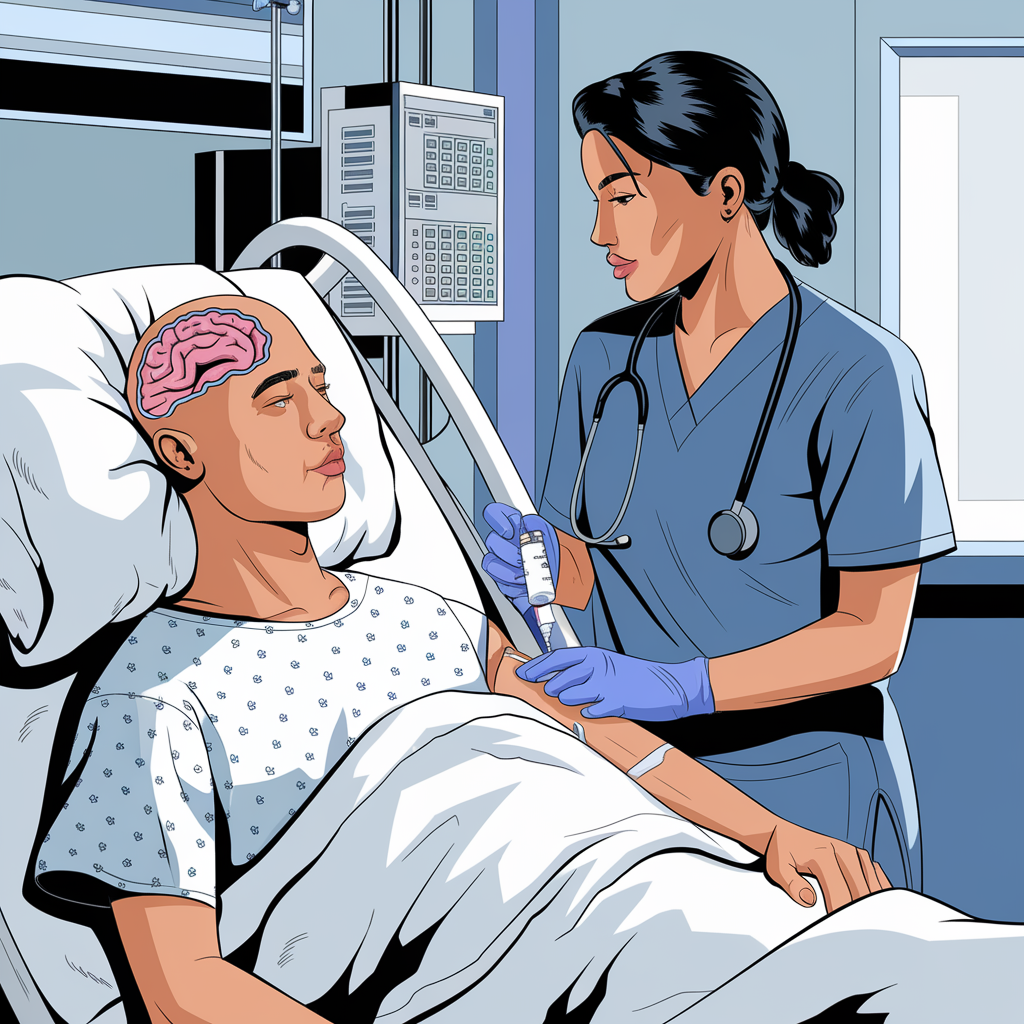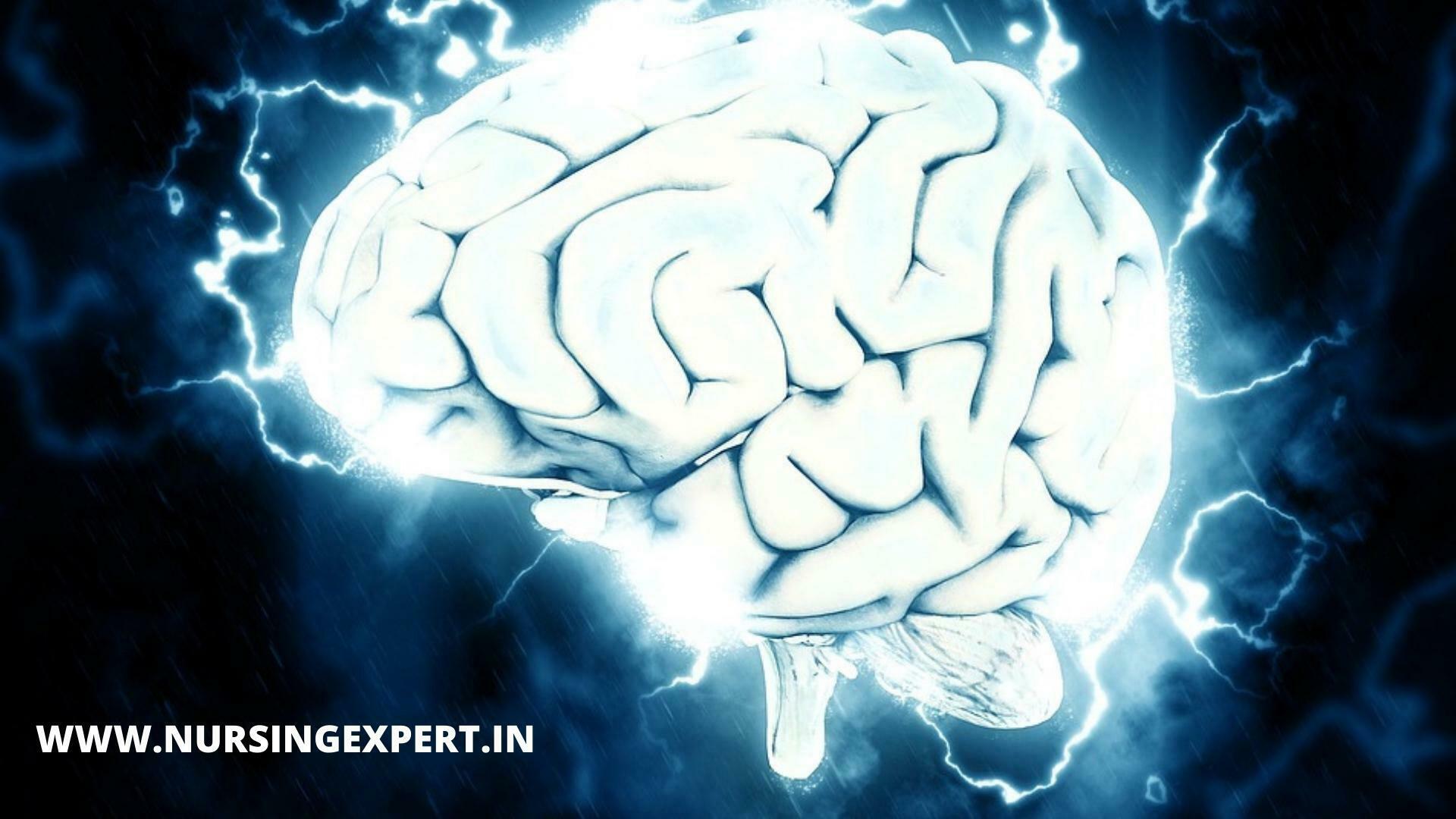A brain tumor NCP (Nursing Care Plan) refers to a systematic approach to managing and treating patients diagnosed with a brain tumor. A brain tumor is an abnormal growth of cells within the brain, which can either be benign (non-cancerous) or malignant (cancerous). For nurses, creating a comprehensive care plan is essential to ensure patients receive proper treatment, comfort, and recovery.
Thank you for reading this post, don't forget to subscribe!
In this article, we will explore a detailed example of a nursing care plan (NCP) for a brain tumor. This guide provides insights into patient information, symptoms, medical diagnosis, and a structured approach to nursing interventions. While this example is purely hypothetical, it aims to simplify the understanding of brain tumor NCP for readers. If you’re a student or curious about nursing practices, this article will provide a practical perspective on managing such critical cases.


Patient Information (Hypothetical Example)
Name: [Patient’s Name]
Age: [Patient’s Age]
Gender: [Patient’s Gender]
Medical History: [Brief summary of patient’s medical history, including any pre-existing conditions like epilepsy, prior tumors, or neurological disorders.]
Type of Brain Tumor: [Specify type, e.g., glioblastoma, meningioma, or astrocytoma.]
Symptoms: [Patient presents with headaches, nausea, vision disturbances, seizures, and difficulty concentrating.]
Medical Diagnosis: Brain Tumor
Admission Date: [Admission Date]
Care Plan Initiated: [Care Plan Initiation Date]
Note: These patient details are fictional and used for explanatory purposes only.
Nursing Care Plan for Brain Tumor NCP
Nursing Assessment
| Aspect | Subjective Data | Objective Data |
|---|---|---|
| Vital Signs | Reports feeling weak and dizzy | Blood pressure: 120/80 mmHg |
| Hydration Status | Complains of dry mouth | Skin turgor shows mild dehydration |
| Pain Assessment | Describes severe headache (8/10) | Observed grimacing and discomfort |
| Laboratory Values | Feels fatigued | Elevated white blood cell count |
Nursing Diagnosis
- Risk for increased intracranial pressure related to tumor growth.
- Acute pain related to compression of brain tissues.
- Risk for fluid imbalance due to nausea and vomiting.
- Impaired mobility related to neurological symptoms.
- Risk for infection due to weakened immunity.
Nursing Interventions and Rationales
| Intervention | Rationale |
|---|---|
| Monitor neurological signs every 2 hours. | Early detection of changes can prevent complications. |
| Administer prescribed pain relief medication. | Helps alleviate pain and improve the patient’s comfort. |
| Maintain head elevation at 30 degrees. | Reduces intracranial pressure and enhances cerebral venous drainage. |
| Provide electrolyte-rich fluids intravenously. | Ensures hydration and corrects imbalances caused by vomiting. |
| Implement infection control measures. | Prevents secondary infections, especially after surgeries or interventions. |

Nursing Goals
- Reduce intracranial pressure within 24 hours of admission.
- Alleviate pain to tolerable levels (below 3/10 on a pain scale) within 6 hours.
- Prevent fluid and electrolyte imbalances during the hospital stay.
- Minimize risk of infections through proper hygiene practices.
- Improve the patient’s mobility and independence.
Evaluation and Expected Outcomes
- Neurological status remains stable without further deterioration.
- Patient reports reduced headache severity.
- No signs of dehydration or electrolyte imbalance.
- Wounds or surgical sites remain infection-free.
- Improved ability to perform daily activities with minimal assistance.
FAQs about Brain Tumor NCP
- What is the role of a nursing care plan in managing a brain tumor?
A nursing care plan ensures systematic, individualized care for patients based on their specific needs. - How do nurses monitor intracranial pressure in brain tumor patients?
Nurses monitor symptoms like altered consciousness, headaches, and changes in vital signs regularly. - What are common symptoms of a brain tumor?
Symptoms include headaches, seizures, nausea, vision changes, and difficulty concentrating. - How can a brain tumor NCP prevent complications?
By identifying potential risks and implementing targeted interventions, complications like infections and fluid imbalance can be avoided. - What lifestyle changes can help patients with brain tumors?
Adopting a healthy diet, managing stress, and adhering to prescribed treatments can aid recovery and improve quality of life.
Recommended Resources
- American Cancer Society
- National Brain Tumor Society
- MedlinePlus on Brain Tumors
- WHO – Cancer Resources
- Mayo Clinic – Brain Tumor Overview
By thoroughly understanding brain tumor NCP, healthcare professionals can provide effective, compassionate care, improving patient outcomes and quality of life.



Comments are closed.